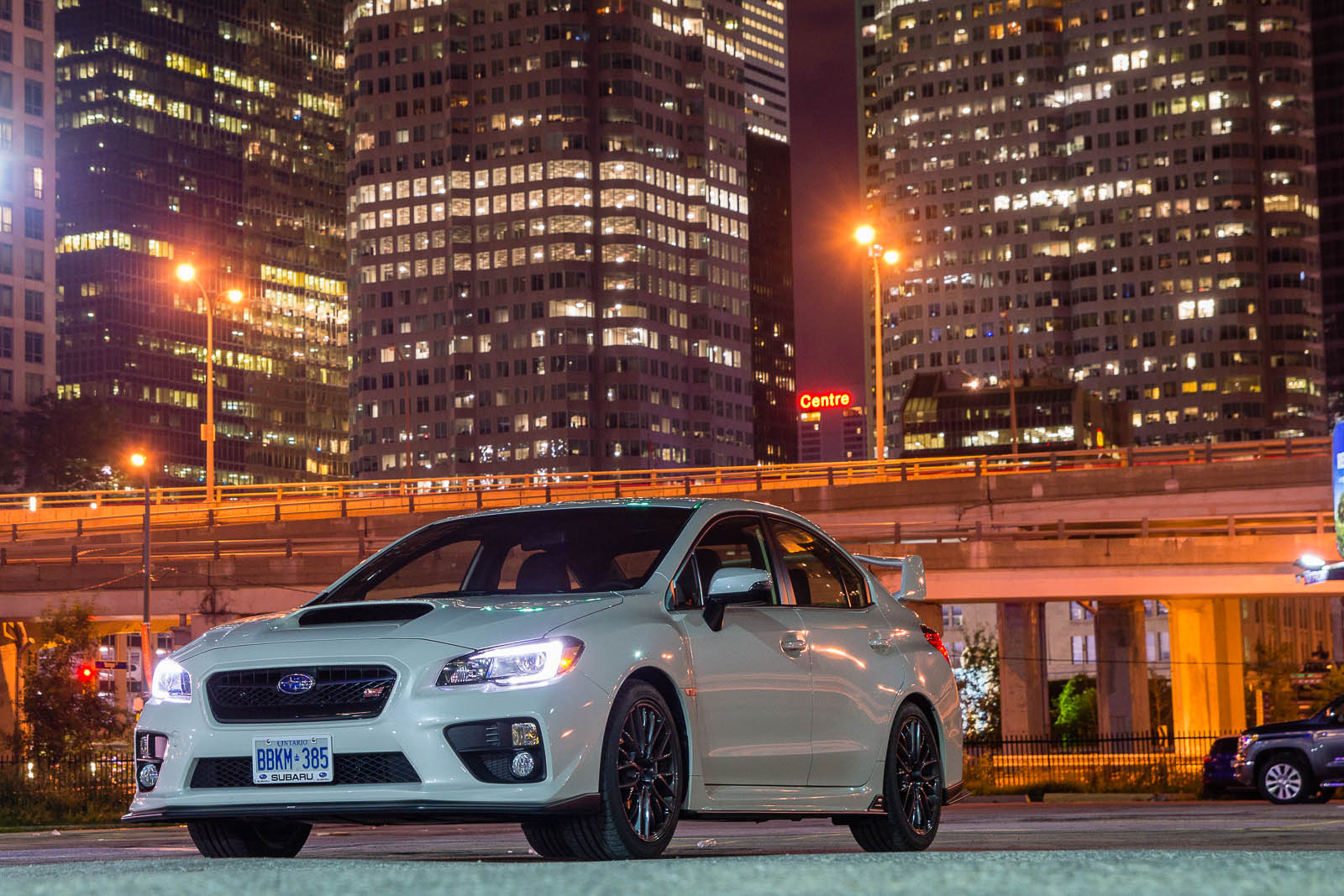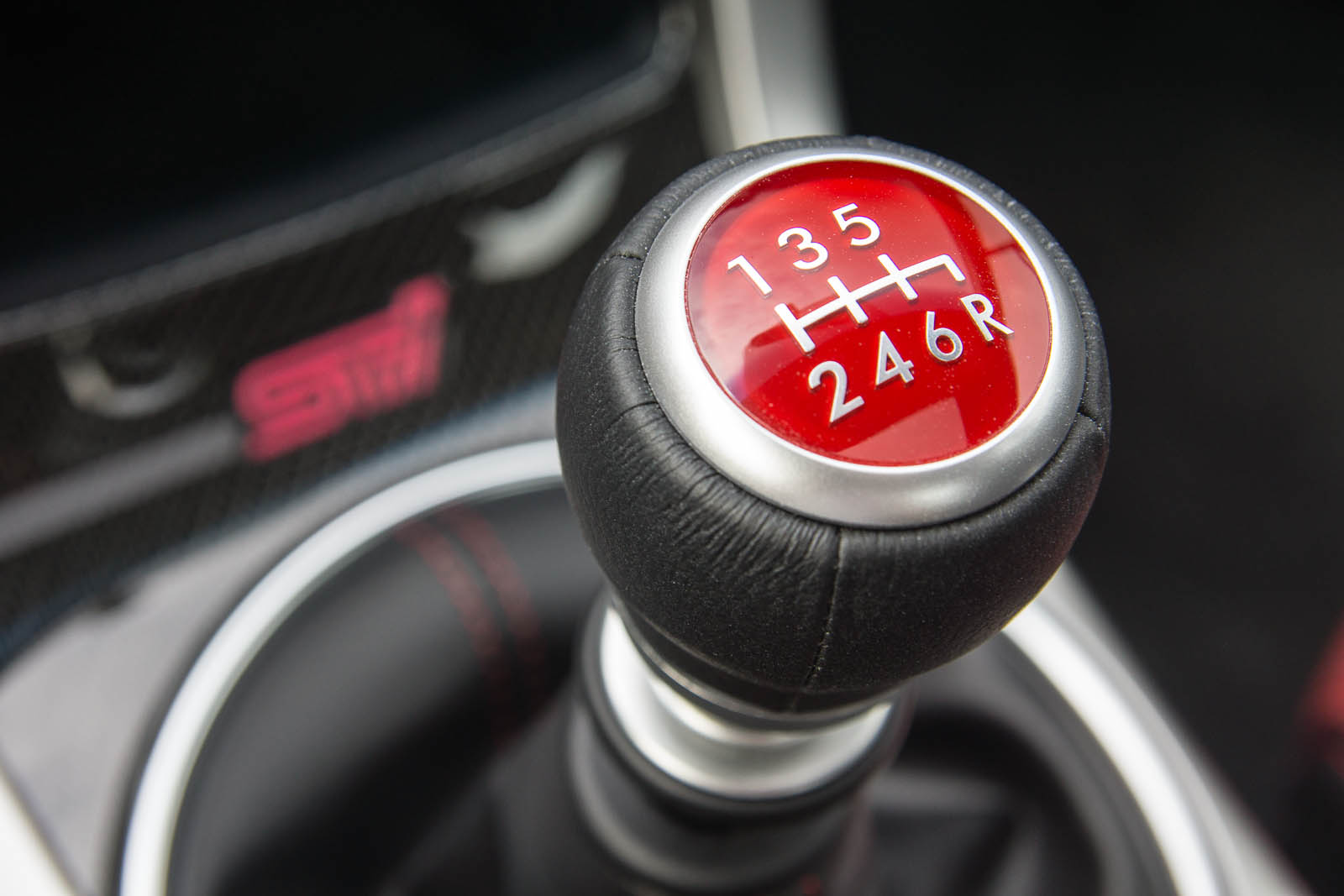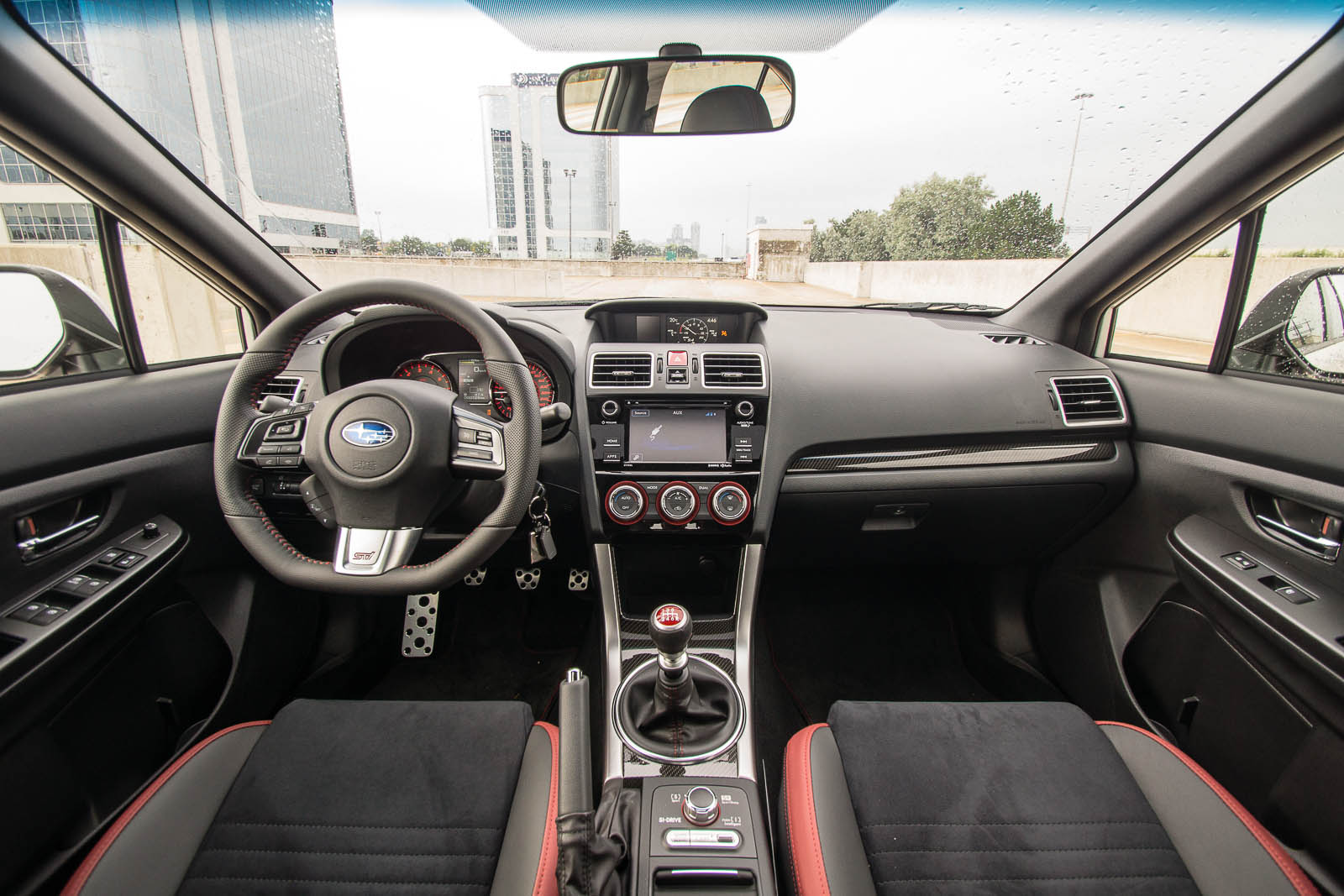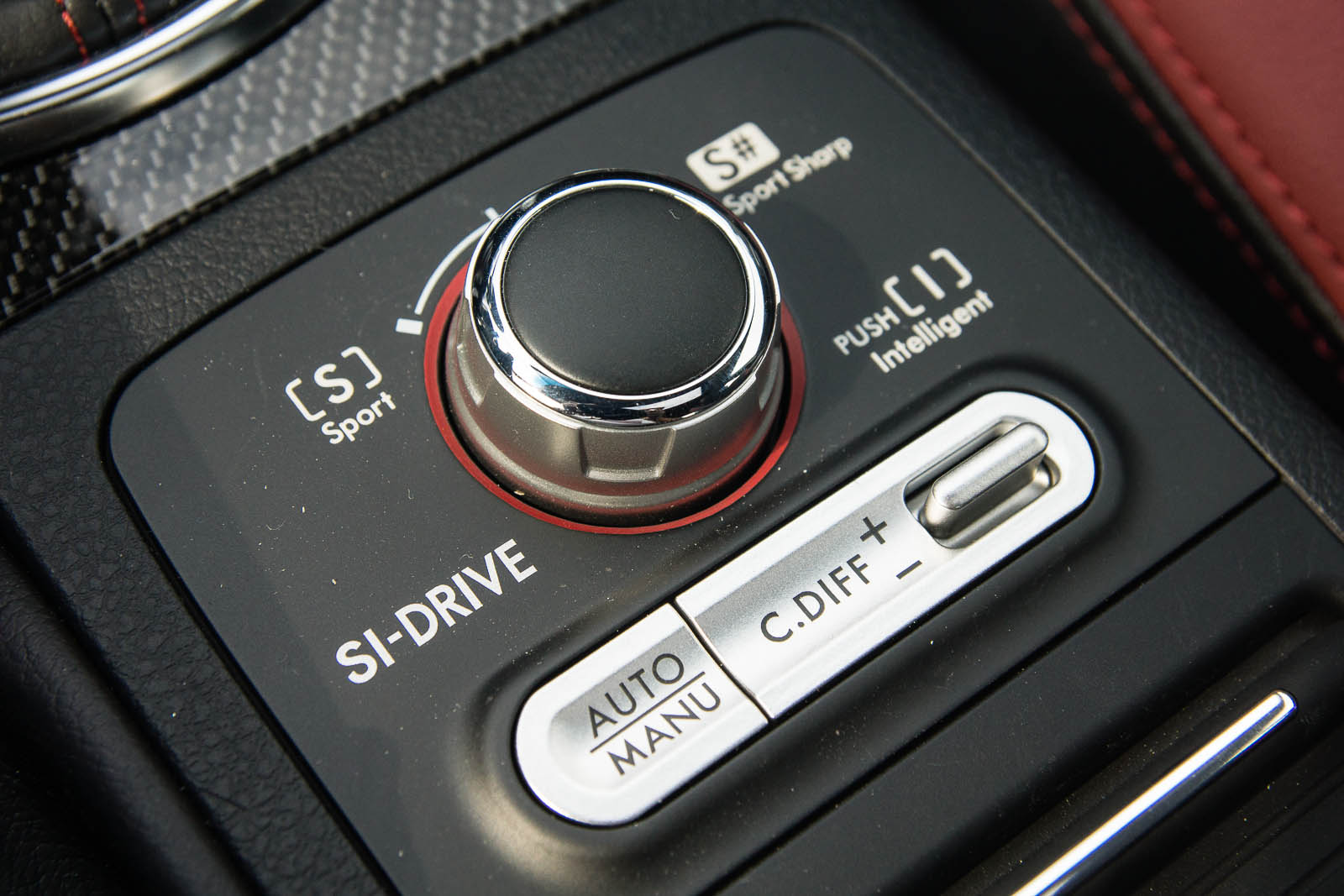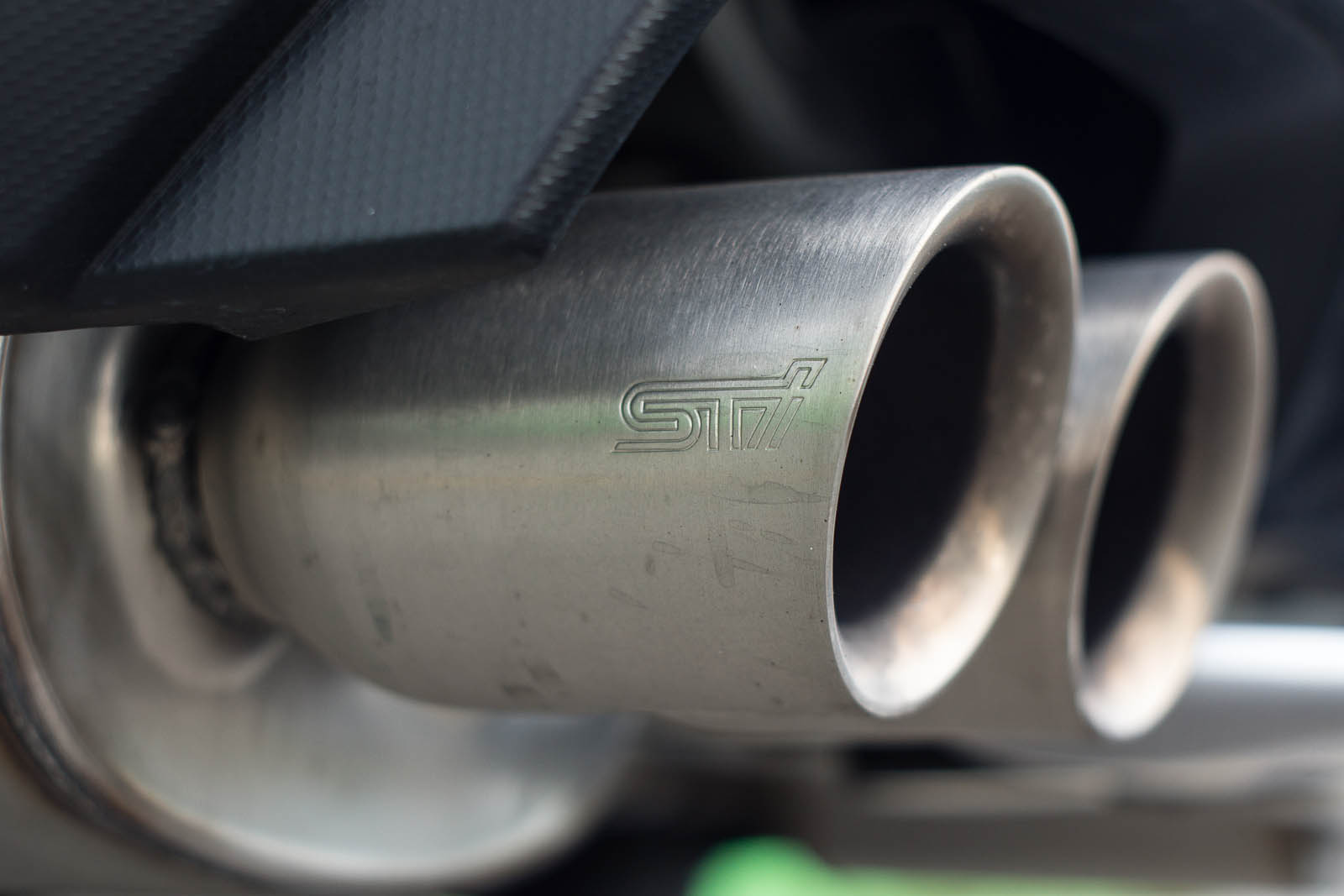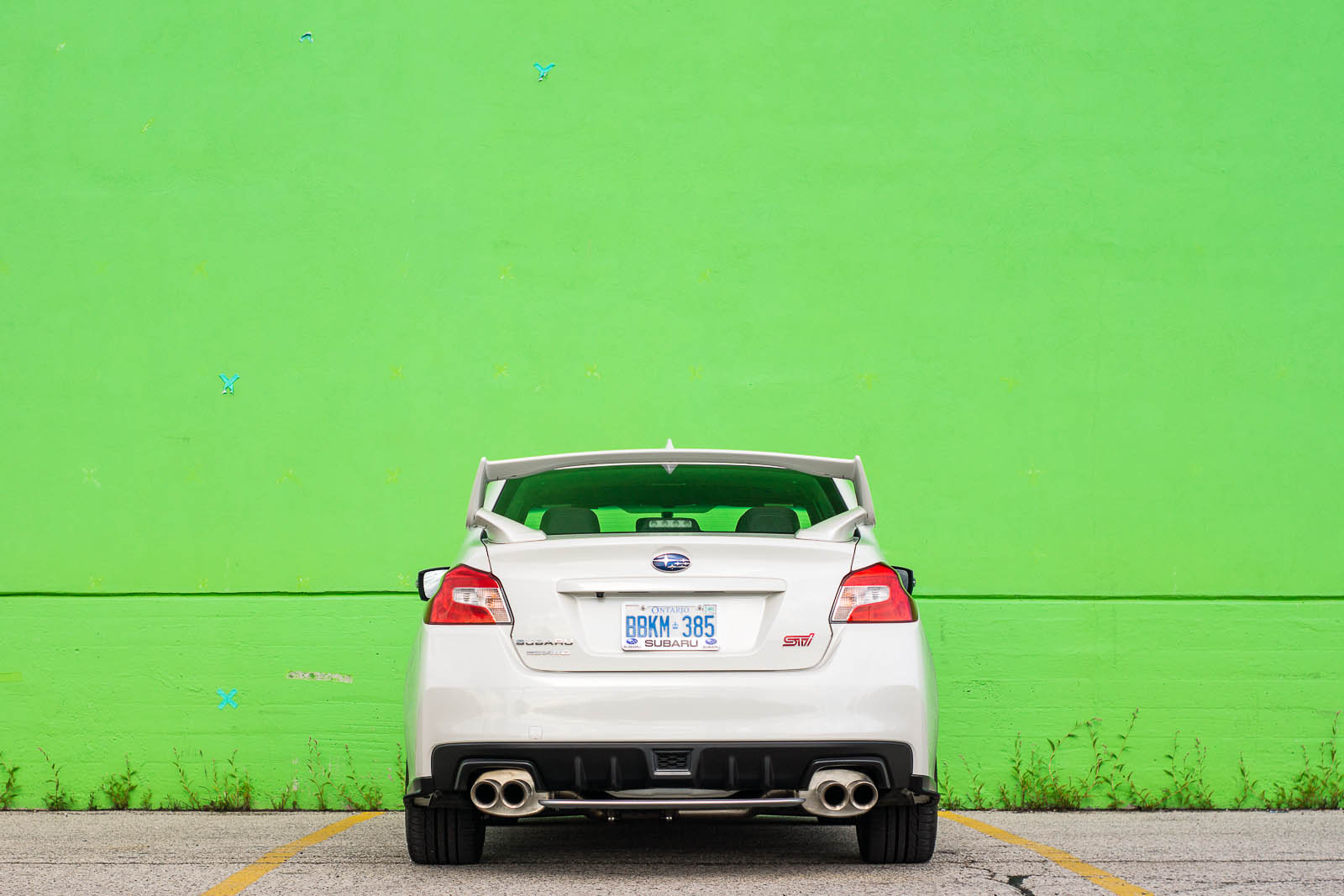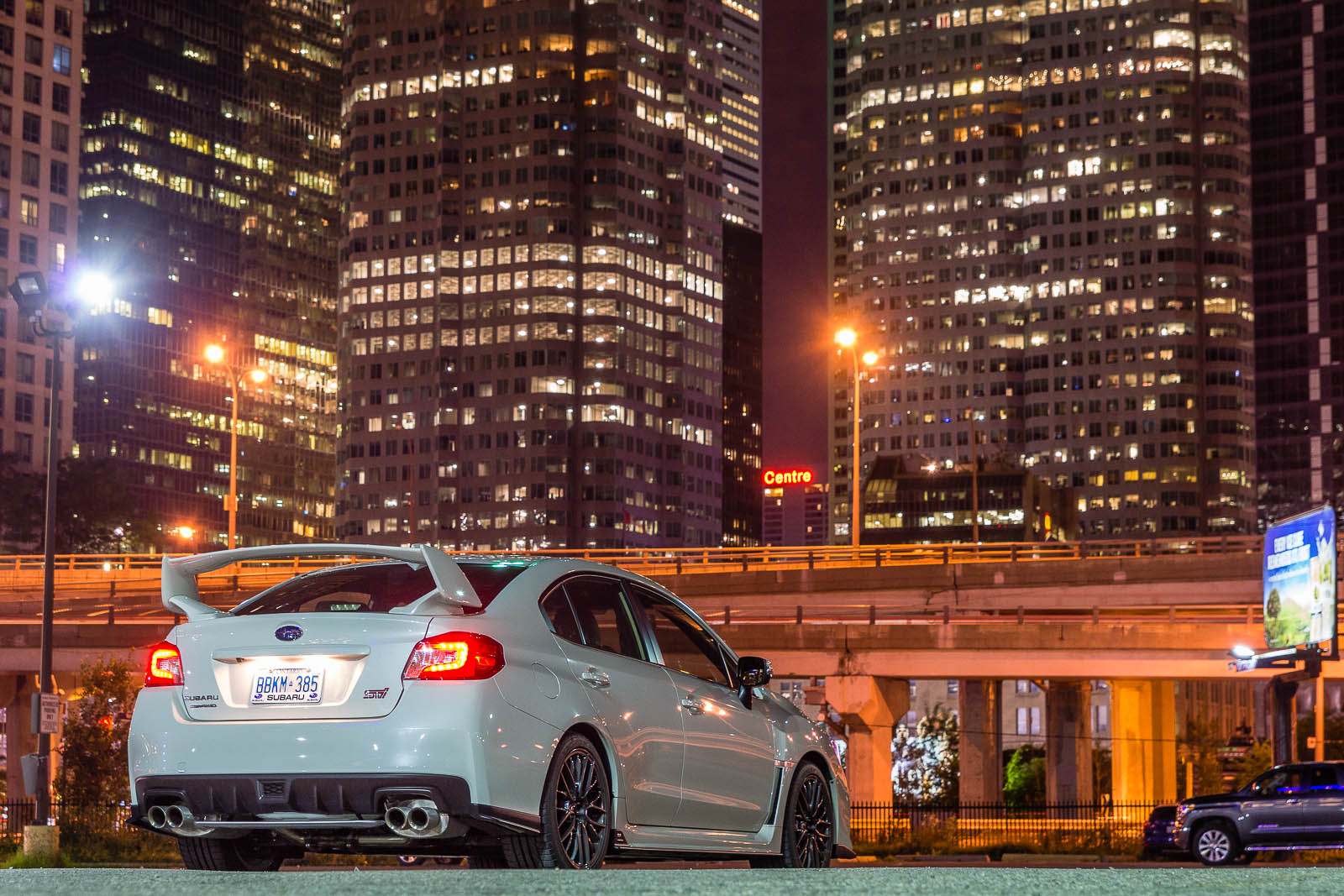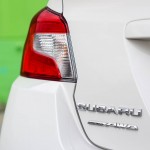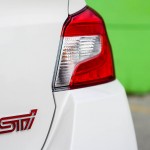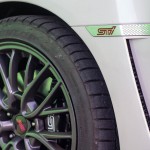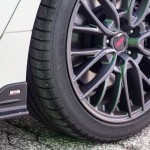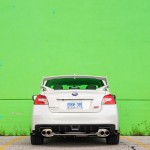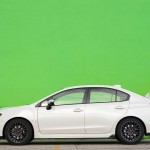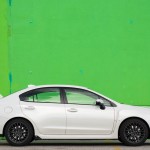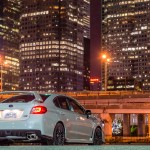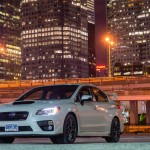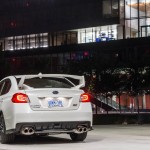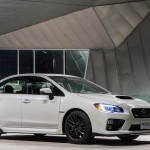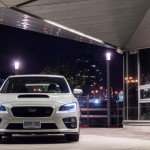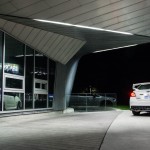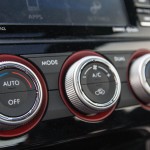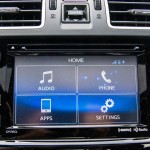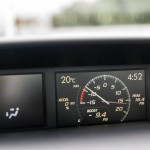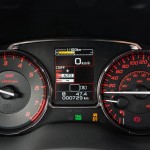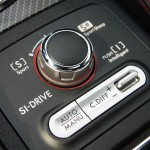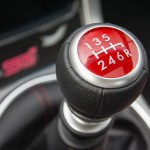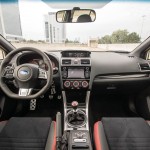It’s no secret that Subaru is on a hot streak lately. Just as we finished up with July, it went into the books as another month of record-breaking sales. That puts the count at 19 consecutive months. They’re clearly doing something right, but some would like to argue that they’ve lost a bit of their roots – namely the quirks that make Subarus feel like Subarus. A lot of these changes are aimed at targeting the mainstream parts of the market – where the money is. Things like frameless windows and the famous lackluster interiors are all but gone from the lineup, to the chagrin of few.
Cars like the Legacy, Outback, and Forester may be considered bland to some (this is subjective), but what about the sports cars that make Subaru famous? The BRZ is an exciting flag-bearer for lightweight, manual transmissions sport coupes everywhere, and the WRX and STi do their best at being the turbocharged fun car you can drive all year round. I spent some time last summer in the new WRX, and found it to be “my kind of car” in so many ways. The STi has always overshadowed the WRX a little bit, with a few key differences. I wanted to see for myself what impact these differences would have in the real-world, so I picked up the keys to a 2016 Subaru WRX STi with the Sport package.
The Subaru WRX has long-been a regular Impreza on steroids. Turbochargers, hood scoops, and top-mount intercoolers have always been involved. Horsepower, as a result, is increased substantially. The STi builds on the WRX by delivering even more power, but supplementing it with legitimate high-performance hardware, such as big brakes, tougher transmissions, firmer suspensions, bespoke wheels and tires, and more electronic assists designed to help the driver go faster. North America only got access to the STi after the 2004 model year, whereas other world markets got the STi quite a while before that.
At first glance, the first thing that defines the STi is the almost comical high-profile rear wing. It has been a long-time STi staple, and I like the personality it adds to the otherwise mundane-looking sedan. From a practical standpoint, it doesn’t even get in the way of your rear-ward vision, as you can clearly see underneath the big shelf in the rear-view mirror. Starting with the 2015 model year, you can even pick up a STi sedan without any spoiler whatsoever, if you opt for the base trim. Other than the big rear wing, it usually takes a closer look to tell the difference between a more pedestrian WRX and the hardcore STi. The first differentiator is the red STi badge in the grille, on the rear trunk lid, and on the front fenders. Another way would be to spot the STi-specific 18-inch wheels, with 245-section summer rubber at all four corners.
The STi (and WRX, by extension) has never been a “pretty” car, but I like the look of the current-generation car. The flared and boxed fenders make a return, and do a good (and functional) job of giving the STi and WRX a wide-body stance. My particular test car was equipped with the Sport package, which adds LED low-beam headlights (with auto on/off function), a sunroof, halogen fog lights, and Subaru’s Side/Rear Vehicle Detection system (SRVD) – the last item is new for 2016. This car is also equipped with some STi-specific accessories: a STi-branded exhaust, as well as front, side, and rear underspoiler extensions (also STi-branded) that all work to improve the car’s looks and performance. All these add-ons bump the count of STi logos by a whopping twelve – eight of which are on the exhaust system alone.
Inside, the STi interior is fairly similar to the WRX, but with some added STi badges and a red shift knob. The rim on the flat-bottom steering wheel is thick and feels good in your hands, and the pedals are spaced perfectly for easy heel-toe downshift operations. In the centre console, between the seats, is where the STi and WRX differ somewhat. A rotary controller is used to configure the SI-Drive settings, which contain different maps for throttle response, and a rocker switch, used to configure the Driver Controlled Centre Differential (DCCD), which lets the driver configure the amount of power delivered to the front and rear axle under the right conditions.
My particular STi test car with the Sport package gets you some grippy Alcantara-lined seats and a sunroof. The rest of the interior is fairly common to the WRX, including the carbon-look trim, keyed ignition switch (which I prefer!), as well as the configurable 4.3″ multi-function LCD perched on top of the centre stack. I really like the (relatively) low door sills and large windows – the interior is positively bright, and visibility is great thanks to the thin pillars. The seat bolsters are aggressive, but not punishingly so – it was easy to settle down into a comfortable driving position.
New for 2016 are the various infotainment systems in the WRX and STi. Gone is the ‘90s style head unit, and in comes a 6.2” touch-centric interface, dubbed Starlink. It allows users to access subscription-based services, such as Pandora Radio and Aha Radio. It’s a lot more modern than the old stereo that has become a Subaru institution, with multi-touch support for scrolling. A nice bonus of the larger infotainment screen is that the rear-view reverse camera is now located here, rather than in the much-smaller screen at the top of the centre console. Those looking for more of an audiophile experience may want to step up to the Sport-Tech trim, which not only adds satellite navigation on a larger 7” screen, but upgrades the stereo to a Harman/Kardon unit with nine speakers.
There are quite a few differences in the hardware that make up the cost delta between the WRX and STi. The first thing is the engine under the hood. While the WRX gets an all-new 2.0L direct-injected and turbocharged unit, the STi carries on with the older 2.5L horizontally-opposed four, codenamed EJ257. There aren’t any new tricks here: no direct injection, no twin-scroll turbocharging, and it retains the less-efficient unequal length exhaust headers. This powerplant, hailing from 2004, still makes more horsepower than the new engine in the WRX. It is rated at 305hp at 6000rpm, and 290lb-ft of torque at 4000rpm. Unlike the WRX, manual transmissions are your only choice in the STi. A durable six-speed manual transmission is paired up with a team of limited-slip differentials at both the front and rear axles. Fun fact: the older EJ series engine in the STi cannot report oil temperatures back to the driver like the WRX can.
The STi also gets a much more serious Brembo brake setup, with larger rotors and calipers that really do fill up the wheels. Those looking for aftermarket wheels need to ensure compatibility with these big brakes. For more serious motorsport duty, the STi also gets higher spring rates and inverted KYB dampers. It is impressive to see Subaru’s use of solid pillow-ball bushings in the suspension’s control arms – this was typically an upgrade pursued by only the most dedicated enthusiasts. Lastly, going against modern convention, the STi retains its excellent hydraulically-assisted steering system, in contrast to the WRX’s electric power steering.
In practice, the WRX and STi both drive fairly differently. The WRX is much friendlier as a “daily-driver” with its flexible torque output, which is at its best between 2000rpm all the way up to 5200rpm. The STi, on the other hand, is a little more “peaky”, with maximum torque coming on at 4000rpm. From a standstill, the STi exhibits a little more turbo lag, but pulls more urgently when full boost is reached. From the driver’s seat, the shifter in the STi is much more enjoyable to use, thanks to it being a direct mechanical linkage, instead of the cable-operated shifter in the WRX. In front of the driver, the thick-rimmed flat-bottom steering wheel feels great in your hands, and feedback through the wheel is especially good in the STi, with the WRX not being far behind considering its more modern setup. I loved the steering in the STi. Ride quality differs between the WRX and STi. The delta between the two is fairly noticeable – some may find the STi a little firm for the damaged roads like we have here in Toronto. For me, it’s on the limit of “acceptable” – the damping is pretty well matched for the increased spring rates.
Lastly, the audio performance also differs between the two cars. The WRX, with its equal-length headers (required by the twin-scroll turbo configuration) loses some of the trademark Subaru boxer “rumble”. It still sounds like a boxer-four, but it’s not quite as deep. I suspect some will gravitate towards the STi based on its deeper sound alone. My test car was equipped with the $1,200 STi Performance Exhaust, which accentuates and dramatically increases the signature boxer rumble. It’s a pretty exhaust, with four dual-walled exhaust tips – it’ll be worth the time spent cleaning them. Personally, I love the STi sound, but I would personally skip this specific upgrade. It makes the car a little loud – all of the time. The stock STi exhaust provides the perfect balance (subjectively!) between buttoned-down performance and enthusiast street-cred. Everybody’s tastes differ, but if you’re on the fence, and can’t decide whether to select this factory-approved upgrade, try to seek out a fellow owner with this exhaust, so you can hear it for yourself.
One big difference between the Subaru WRX and STi is the fuel efficiency rating. Subaru rates the STi at 13.8L/100km in the city, 10.2L/100km on the highway, and 12.2L/100km in a combined cycle. I managed an indicated average of 12.0L/100km during the week, which consisted of approximately 800km of mixed city and highway driving. The STi will accept 60L of premium fuel – Subaru even goes as far as recommending 93 octane. 91 octane is the minimum. The WRX, on the other hand, with all of its new engine technologies, returns much better figures, and doesn’t carry the 93 octane recommendation.
All these legitimate track-focused hardware upgrades do come with a cost up front. The base Subaru STi starts at $37,995. It’s interesting to note that the base STi is missing the big rear spoiler, sunroof, fog lights, and the excellent LED headlights. It’s by far the best option if you’re looking for only the go-fast hardware, while flying under the radar. The Sport trim tested here starts at $40,795, and includes all the upgrades just mentioned. The additional STi underspoilers and STi performance exhaust add another $3100, bringing the total MSRP to $43,895, before taxes and additional dealer fees.
The one natural competitor to the Subaru WRX STi is the Mitsubishi Lancer Evolution. It comes in with a lot of similar performance credentials, including a 300hp turbocharged engine, advanced all-wheel drive, and a similar price. However, it hasn’t received any significant updates since 2007. Some would argue that the Lancer Evolution features a more advanced all-wheel drive system, and thus delivers a better driving experience, but it’s left far behind in the refinement department. It all depends on what you’re looking for – owners in both camps are equally enthusiastic about their respective brands.
The Subaru WRX STi is my kind of car. I like its blend of techno-nerdy hardware, practical four-door design (anybody else want the hatchback to return?), modest size, and value for money. The Subaru WRX STi provides a lot of useful performance, regardless of the season. What I think I like the most is the slightly old-school feel – provided by the familiar 2.5L engine and hydraulic steering system. Some have argued against retaining the same engine for this newest generation STi, but the chassis improvements and interior updates improve what is already an extremely well-rounded package. I can’t wait to see what Subaru has in store next – they are surely working on a new engine, to drop into the next-generation car. To that end, the 2016 Subaru WRX STi has a unique character of its own, something that a lot of new cars today lack.

